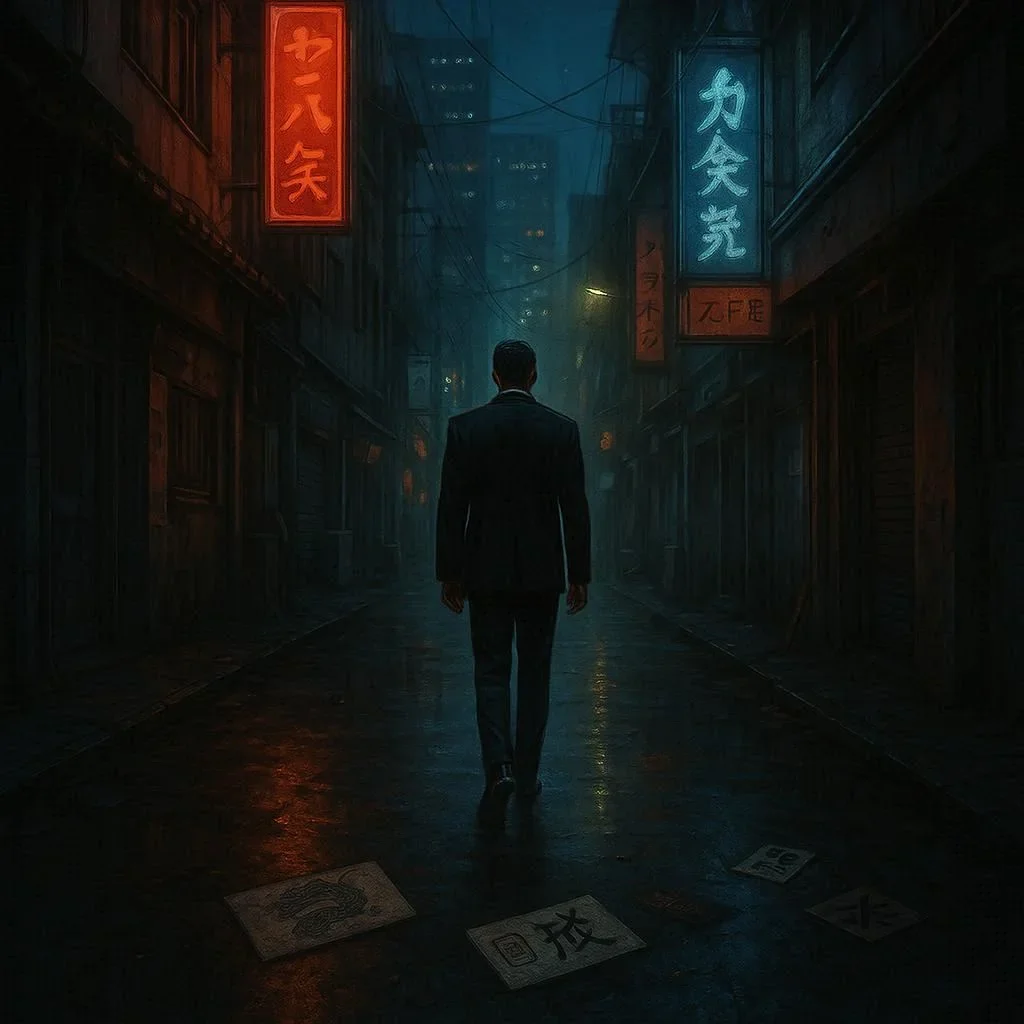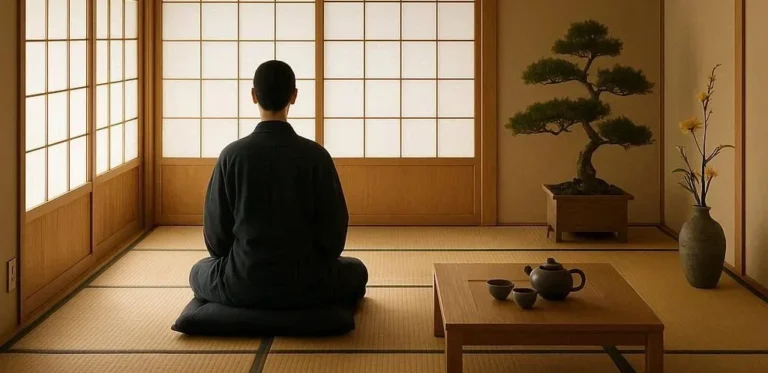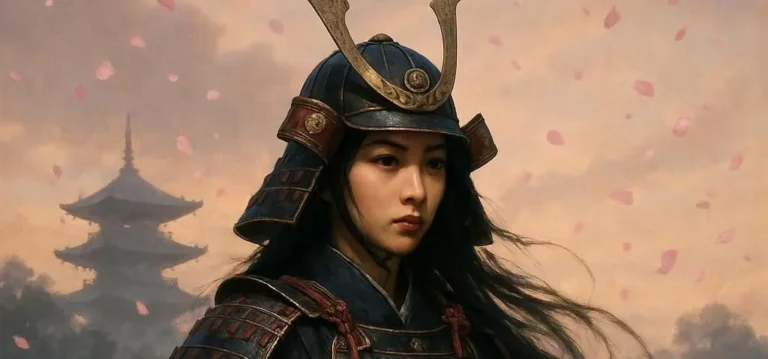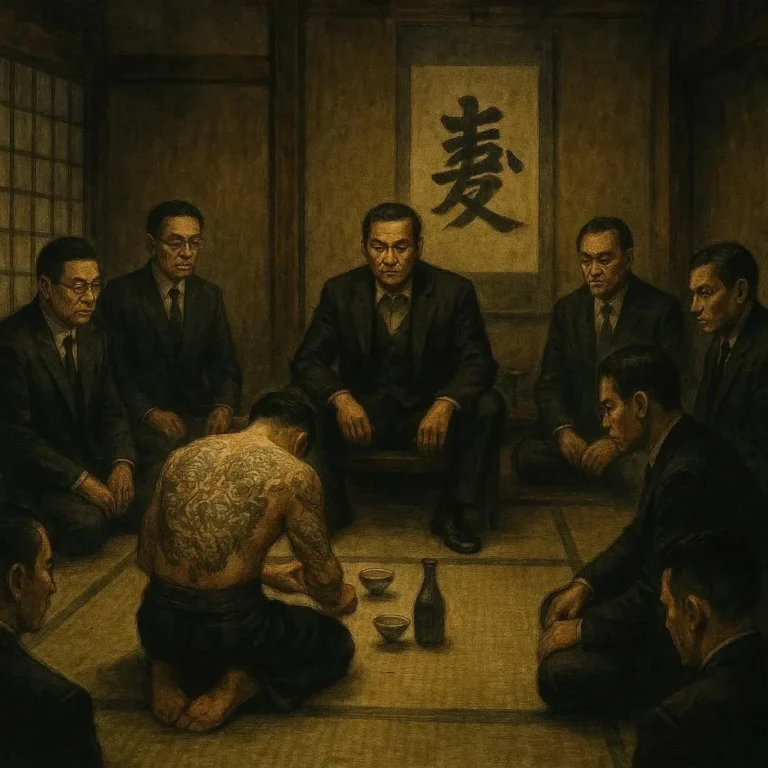503 views The Last Of the Samurai: End of an Era
The samurai, once the pride of Japan, were a class of warriors who shaped the country’s history for centuries. Their honor, discipline, and skill with the katana became legendary, not just in Japan but around the world. However, like all things, the era of the samurai had to come to an end. The late 19th century marked the final days of these warrior elites, as modernization and political upheaval swept through Japan. This blog post delves into the history of the samurai, the reasons behind their decline, and the lasting legacy they left behind.
The Rise of the Samurai
The samurai class emerged in the 12th century, during the Heian period. Initially, they served as protectors of the nobility and the imperial court. Over time, their role expanded, and by the 14th century, they had become the dominant force in Japanese society. The samurai were not just warriors; they were also expected to be well-versed in literature, poetry, and philosophy, adhering to the code of bushido.
Bushido, often referred to as the ‘way of the warrior,’ was a set of principles that guided the samurai’s behavior. It emphasized courage, loyalty, veracity, and self-discipline. Samurai were expected to be disciplined in both their martial and intellectual pursuits, making them well-rounded individuals.
The Golden Age of the Samurai
The Sengoku period (1467-1603) is often considered the golden age of the samurai. This was a time of constant warfare, as daimyō (feudal lords) vied for power. The samurai’s skills on the battlefield were crucial, and their reputations as fierce warriors grew. This period also saw the rise of legendary figures such as Oda Nobunaga and Toyotomi Hideyoshi, who played pivotal roles in unifying Japan.
The samurai’s prominence continued into the Edo period (1603-1868), when the Tokugawa shogunate ruled Japan. During this time, the samurai became the ruling class, holding positions of power in the government and administration. However, as the centuries passed, the samurai’s role in society began to change.
The Decline of the Samurai
By the 19th century, Japan was facing increasing pressure from foreign powers, particularly the United States. The arrival of Commodore Matthew Perry and the Black Ships in 1853 forced Japan to open its borders to the outside world. This led to a period of rapid modernization and upheaval, known as the Meiji Restoration.
The Meiji Restoration of 1868 marked the end of the Tokugawa shogunate and the restoration of imperial rule. The new government sought to modernize Japan, adopting Western practices and technologies. The samurai, who had been the backbone of the old regime, found themselves at odds with the new order.
One of the key factors that led to the decline of the samurai was the modernization of the military. The traditional samurai army, with its reliance on swords and armor, was no match for the modern, Western-style armies that were being developed. The government began to conscript soldiers from all classes, ending the samurai’s monopoly on military service.
The End of the Samurai Class
The final blow to the samurai came with the abolition of their stipends in 1871. For centuries, samurai had been paid stipends by their daimyō for their service. However, as the government modernized, it found it increasingly difficult to sustain this system. The abolition of stipends left many samurai without a source of income, forcing them to seek new livelihoods.
The samurai’s traditional way of life was also under attack. The government promoted Western values and practices, and the samurai’s adherence to bushido was seen as outdated. Many samurai struggled to adapt to the changing times, leading to widespread discontent.
The Satsuma Rebellion
The Satsuma Rebellion, led by Saigō Takamori in 1877, was the final attempt by the samurai to resist the modernization of Japan. Takamori, a former samurai, was a prominent figure in the Meiji Restoration but grew disillusioned with the direction the country was taking. He and his followers, primarily disaffected samurai, rose up against the government in a last-ditch effort to restore the old order.
The rebellion was brutal and short-lived. The government’s modern army, equipped with rifles and artillery, easily defeated the samurai, who were still fighting with swords and traditional weapons. Takamori himself died in the Battle of Shiroyama, the final confrontation of the rebellion. His death marked the end of the samurai era.
The Legacy of the Samurai
Although the samurai class was abolished, their legacy lives on in Japanese culture. The principles of bushido continue to influence Japanese thought and behavior, emphasizing the importance of discipline, loyalty, and hard work. The samurai’s code of honor has also had a wider impact, inspiring people around the world.
In modern times, the samurai’s image has been romanticized in literature, film, and art. The samurai’s skills with the katana, their adherence to a strict code of honor, and their bravery in the face of overwhelming odds have captured the imagination of people everywhere. Films such as ‘The Last Samurai’ and ‘Seven Samurai’ have introduced the samurai to new generations, ensuring their place in popular culture.
The samurai’s story is one of both triumph and tragedy. They were warriors who lived by a strict code of honor, but they were also products of their time. As the world around them changed, they found it increasingly difficult to adapt. Their decline was inevitable, but their legacy endures.
In conclusion, the last of the samurai marked the end of an era, but it also paved the way for a new chapter in Japanese history. The samurai’s influence can still be seen today, not just in Japan, but around the world. Their story serves as a reminder of the importance of adaptability and the enduring power of a strong code of honor.







